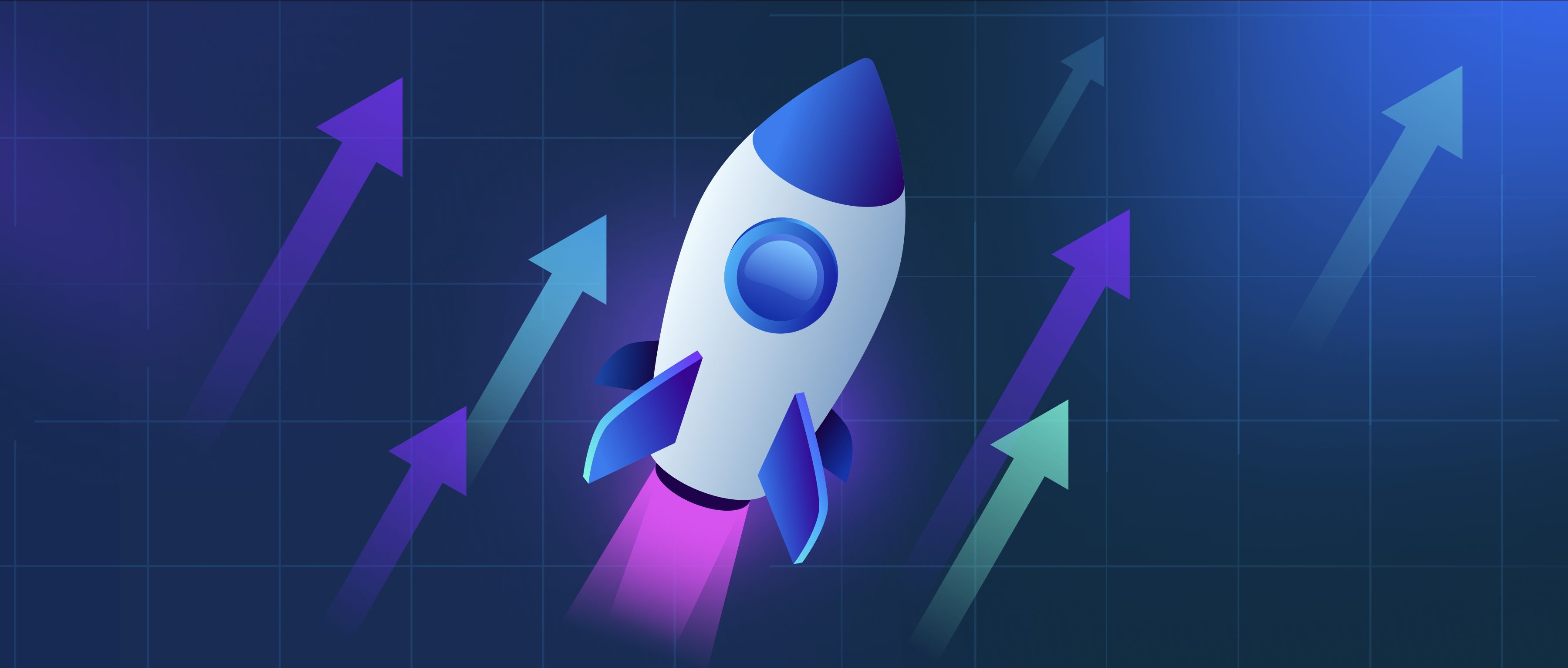One of the most recommended image recognition APIs is Google Cloud Vision API. It offers powerful tools for analyzing images and can detect a wide variety of features, such as objects, text (OCR), logos, and landmarks. The API uses machine learning models trained on large datasets, enabling it to recognize thousands of objects with high accuracy. Another popular option is Microsoft Azure Computer Vision API, which provides similar capabilities, including object detection, text extraction, and facial recognition. It also supports custom model training, allowing developers to fine-tune the API to recognize specific objects in niche domains. Amazon Rekognition is another widely used API, particularly in applications like security, facial recognition, and media analysis. It offers video analysis, facial analysis, and scene recognition features. For developers looking for a free or open-source alternative, OpenCV can be a useful tool. While OpenCV itself is a library rather than an API, it allows for extensive image recognition and manipulation when combined with machine learning models. When selecting an image recognition API, developers should consider factors like the types of images they need to process, the accuracy required, and pricing plans for commercial use.
What image recognition API can you recommend?

- AI & Machine Learning
- Natural Language Processing (NLP) Basics
- Exploring Vector Database Use Cases
- Evaluating Your RAG Applications: Methods and Metrics
- Optimizing Your RAG Applications: Strategies and Methods
- All learn series →
Recommended AI Learn Series
VectorDB for GenAI Apps
Zilliz Cloud is a managed vector database perfect for building GenAI applications.
Try Zilliz Cloud for FreeKeep Reading
What are NoSQL databases, and how do they support big data?
NoSQL databases are a category of databases designed to handle large volumes of unstructured or semi-structured data tha
What major would be good for computer vision?
Majors like Computer Science, Electrical Engineering, or Data Science are well-suited for pursuing a career in computer
Can Vision-Language Models be applied to visual question answering (VQA)?
Yes, Vision-Language Models can indeed be applied to visual question answering (VQA). VQA is a task where a system is re